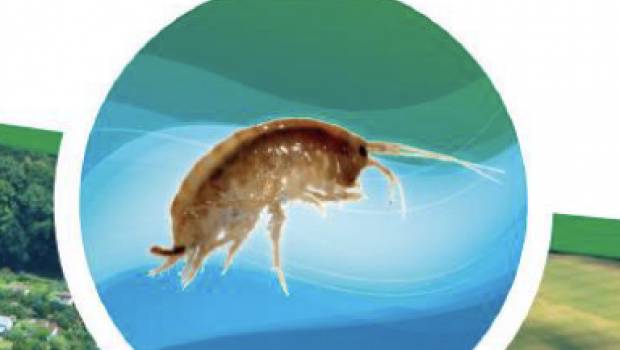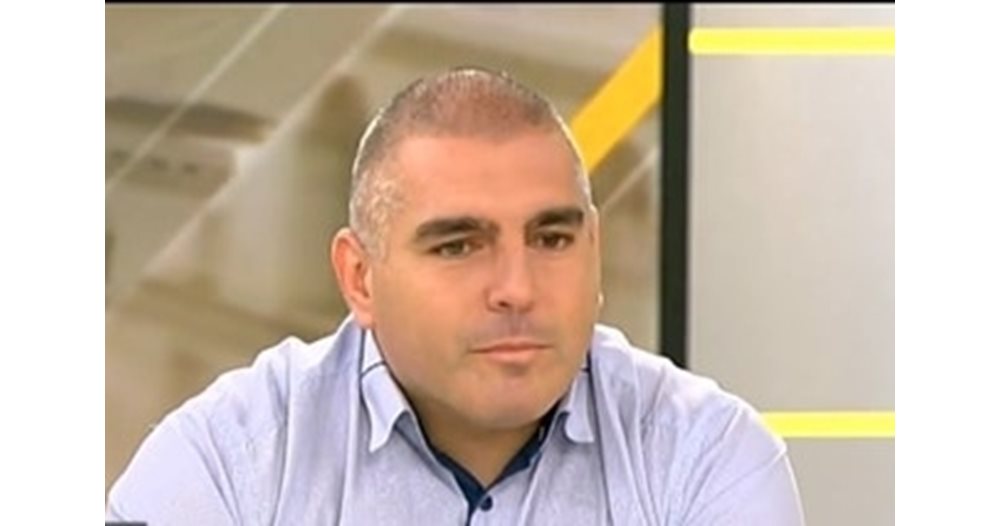Installed in the Mare Corbonne wastewater treatment plant in Mainvillers (Eure-et-Loir), this instrument involves 3 species of aquatic invertebrates (gastropods, leeches and freshwater shrimps) in order to detect any traces of micropollutants in the treated water. This facility is financed 80% by the Seine-Normandy water agency and 20% by Chartres Métropole Assainissement.
Detection of micropollutants
Due to the large number of molecules involved and their very low concentration, their detection is complex with conventional physicochemical analyses. Thanks to its technology, Toxmate offers an unprecedented solution for the detection of micropollutants at the outlet of wastewater treatment plants, and therefore for the continuous monitoring of water quality. By observing the locomotor behavior of three sentinel aquatic species, ToxMate identifies episodes of chemical contamination and alerts site managers in real time.
24/7 monitoring
This technology continuously diverts some of the wastewater directly into the Toxmate instrument. The 16 replicas of the 3 species are each installed on one side of the station and are filmed 7 days a week, 24 hours a day. The cameras can thus detect any anomalous behavior from sentinel species and diagnose a deterioration in water quality, due in particular to micropollutants. These 3 species of aquatic invertebrates naturally inhabit European waterways.
Sentinels suitable for detection
ToxMate, through its biological approach, will directly measure the effects of these on aquatic organisms, which are naturally very sensitive, making them real sentinels for the environment. Each of the 3 species is distinguished by a particular reaction to specific micropollutants: Amphipod Gammarus of the trenches (organic matter shredder); Gastropod Radix auricularia (plant grazing debris); Annelida Erpobdella testacea (arthropod predator).


